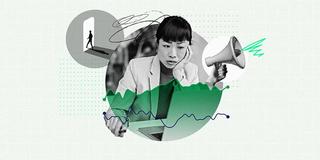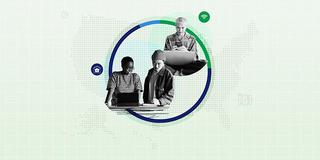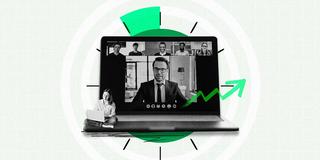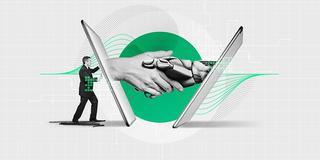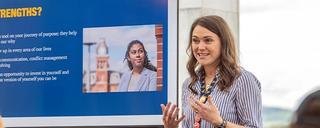Workplace Insights
Our latest analytics and advice on workplace issues that matter most.
Featured Insights
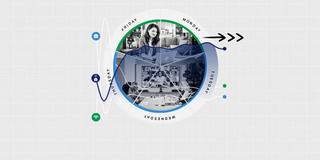
Hybrid Work in Retreat? Barely.
Use of the hybrid work model has leveled off. Its success depends less on company mandates and more on how teams coordinate schedules and build trust.
Employee Engagement
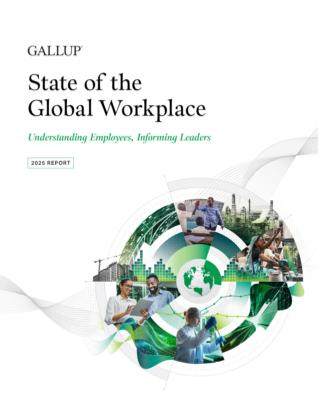
Featured Report
State of the Global Workplace: 2025 Report
Get insights on employees around the world — including engagement, wellbeing, managers and more — in our latest annual report.
.

